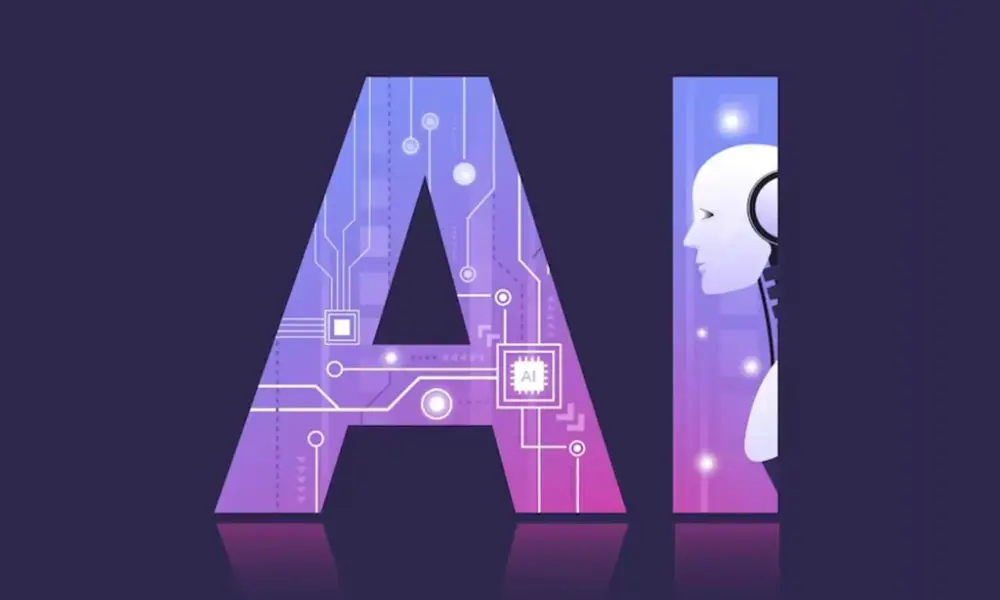In recent years, artificial intelligence (AI) has made remarkable strides. Among the most intriguing and potentially revolutionary technologies is generative AI. Thanks to generative AI, machines can now produce material, including drawings and films. An alternate strategy is provided by productive artificial intelligence (AI): Artificially intelligent chatbots, such as ChatGPT, may generate content based on trends found in current data sources.
Businesses may rapidly and effectively create high-quality, tailored content without spending much money on it by utilizing the potential of generative AI.
Advantages of generating content with artificial intelligence
The generation of content might be changed entirely by generative AI. Businesses can scale up their content production more quickly than ever thanks to generative AI, which uses natural language processing (NLP) to swiftly and correctly produce vast volumes of material. Generative AI offers companies new content marketing opportunities while saving time and money. Using machine learning, content producers can gain insight into their target audiences and the best ways to interact. As a result, they may modify their material to satisfy their intended viewers’ needs better.
Additionally crucial to the client experience is content. Your content is your chance to show clients that you are paying attention to their wants and what matters most. It’s crucial to have the ability to react quickly to trends and breaking news stories to keep up a positive client experience. With AI-generated content, this is made simpler. New information and advancements may be incorporated more quickly, precisely, and efficiently.
To ensure the material is pertinent to your clients, generative AI may leverage its understanding of them. With productive AI content creation techniques, the time it takes to produce this type of precisely targeted content may be reduced to a few hours or less.
7 Guidelines for Using Generative AI
Create a content strategy
Establishing a content strategy, which starts with setting your vision for your content, is essential before you can utilize generative AI to produce content. Which kind of content can assist you in achieving your goals, along with what you intend for your content to do? What topics do you want to discuss? What literary tone and fashion are you seeking?

The more data and instructions you can give the generative AI, the better it will be able to create the material and the more beneficial it will be. When you have a clear grasp of your requirements and a sound content strategy, you can look for the best technology to carry it out.
Decide on the best tool for the job
Many different AI content production systems are available on the market, and some are more effective than others for particular jobs. For instance, Writesonic and Jasper are more appropriate for producing written content; Type Studio is better suited to producing podcasts, streams, and interviews; and Designs.ai could be a better option for delivering more design- or visually-focused content. You’ll need to study generative AI solutions to locate the one that best satisfies your content marketing requirements.
Develop the AI content generation tool
Why is ChatGPT, an AI chatbot, so successful? Training. The creators of ChatGPT gave the computer a straightforward instruction using reams of data from the public internet: repeatedly make predictions about the next word in a text string. The extensive language model (LLM) made billions of guesses before learning how to anticipate the following term and how to use its training data to respond to queries and finish tasks given to it. In other words, ChatGPT required training to become as sophisticated as it is now.
Other generative AI tools use the same principle. You’ll need to teach your AI tool details before it can start creating material that appeals to your client. Additionally, the outcomes will be better the more data you can offer.
Produce, edit, and share your material
Once your AI tool has been taught, you can use it to produce content. You can make much material rapidly, depending on the technology you’re using and your demands for the content.
It’s crucial to remember that after creating your material, it has to be edited and structured before publication. When utilizing generative AI content generation technologies for the first time, this is very crucial: You may decide if the AI needs further tone training or your brand voice training through the editing procedure.
Make use of reliable data
Starting with precise, complete, error-free data will ensure high-quality AI-generated content. Your AI-generated material may represent low data quality or error-filled data.
Pick the appropriate algorithm
Different AI algorithms may be applied for content generation. You must select the appropriate algorithm for your unique needs because some are better suited for producing short content, such as social media posts and blurbs. In contrast, others are created with more considerable material in mind.
Analyze and enhance your AI model
After training, it’s critical to analyze your AI model to see how well it’s doing. This may be achieved by having people read, evaluate, and recommend areas for improvement in the information produced by AI. These improvements can then be utilized as additional training data by the generative AI to prevent similar errors in subsequent material.
Thanks to generative AI, machines can now produce content, including drawings and films. Instead of only ingesting and processing already-existing material, it is quickly making new stuff.
The effects on our culture and society are enormous. It implies that we must give AI ethics a higher priority than we ever have.
Conclusion
In conclusion, generative AI can change various industries, including music and the arts, medicine, and education. Yet, as generative AI develops and becomes more popular, it is crucial to consider its application’s ethical consequences. This covers matters of ownership, responsibility, and prejudice. By proactively addressing these ethical issues, We can ensure that generative AI is fair, open, and responsible.






